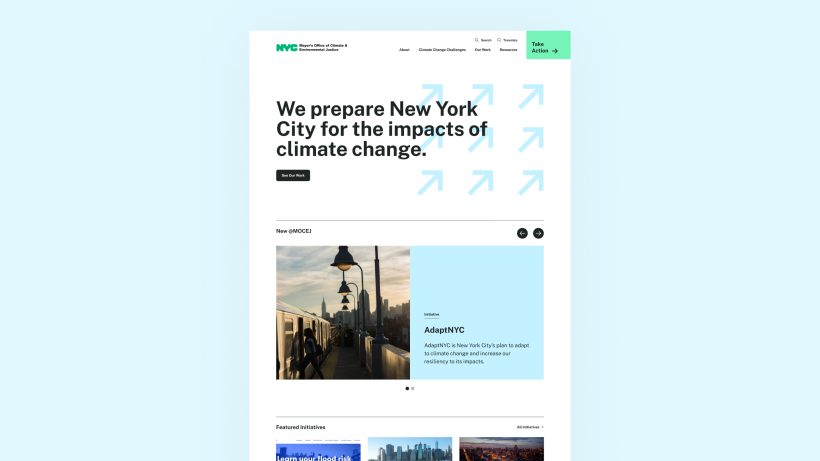New Design, Old Content
Reimagine your content strategy for a new design system
Know your capacity
Learn from your users
Prioritize content strategy
Audit existing content
Standardize content types
Multilingual considerations
Content governance
Accessible content
Content Migration
Unlock siloed content
Bites, snacks, meals

Revisit, Rethink, Reshape.
- Identify your content team and involve them in the process early on.
- Talk to real customers about what type of content they need and how they want it delivered to them.
Review your existing content with the needs of your customers in mind. - Work with designers and content creators to imagine new ways of delivering content for your unique customers.
- Audit your current ability to gather, produce, and maintain assets and content. Be realistic about your internal capacity to live into the design system being developed.
- Content creation and asset management is a significant undertaking. Identify your long-term vision and short-term wins for launch.
- Moving to a new design system is like moving into a new house. It’s a great time to make strategic decisions about what content should be preserved, edited, or thrown away.
- Work with your designers and content teams to re-imagine how existing content can work within a new format.
- Make a plan for migrating existing content and creating new content.
Tips + Tricks.
Talk with your content creators about any anticipated changes.
Use content gathering tools to establish a template for formatting different types of content.
Conduct a GAP Analysis to understand how your site(s) and page(s) are changing.
Define your tone of voice, audience, and reading levels.
Practice by populating pages and testing them with real users.
Ask your designers to mock up examples of pages using real content. Use this to demonstrate the new approach to content creation teams.
Bring content creators and designers together throughout the design process to collaborate on new solutions.
Methods
Prototypes and usability testing
Human-centered UX/UI/CX
Information architecture and navigation
Content strategy
Content audits and analysis
Content guidelines
UX writing
Tone, voice, and reading levels
Accessibility compliance
Content governance and workflows
Content migration strategy
Design systems
Scalable information architecture and navigation
Visual design and branding schemas
Documentation and usage guidelines

